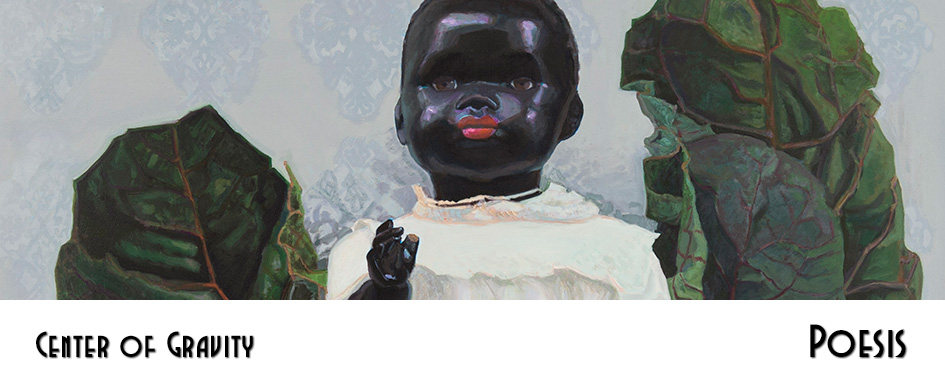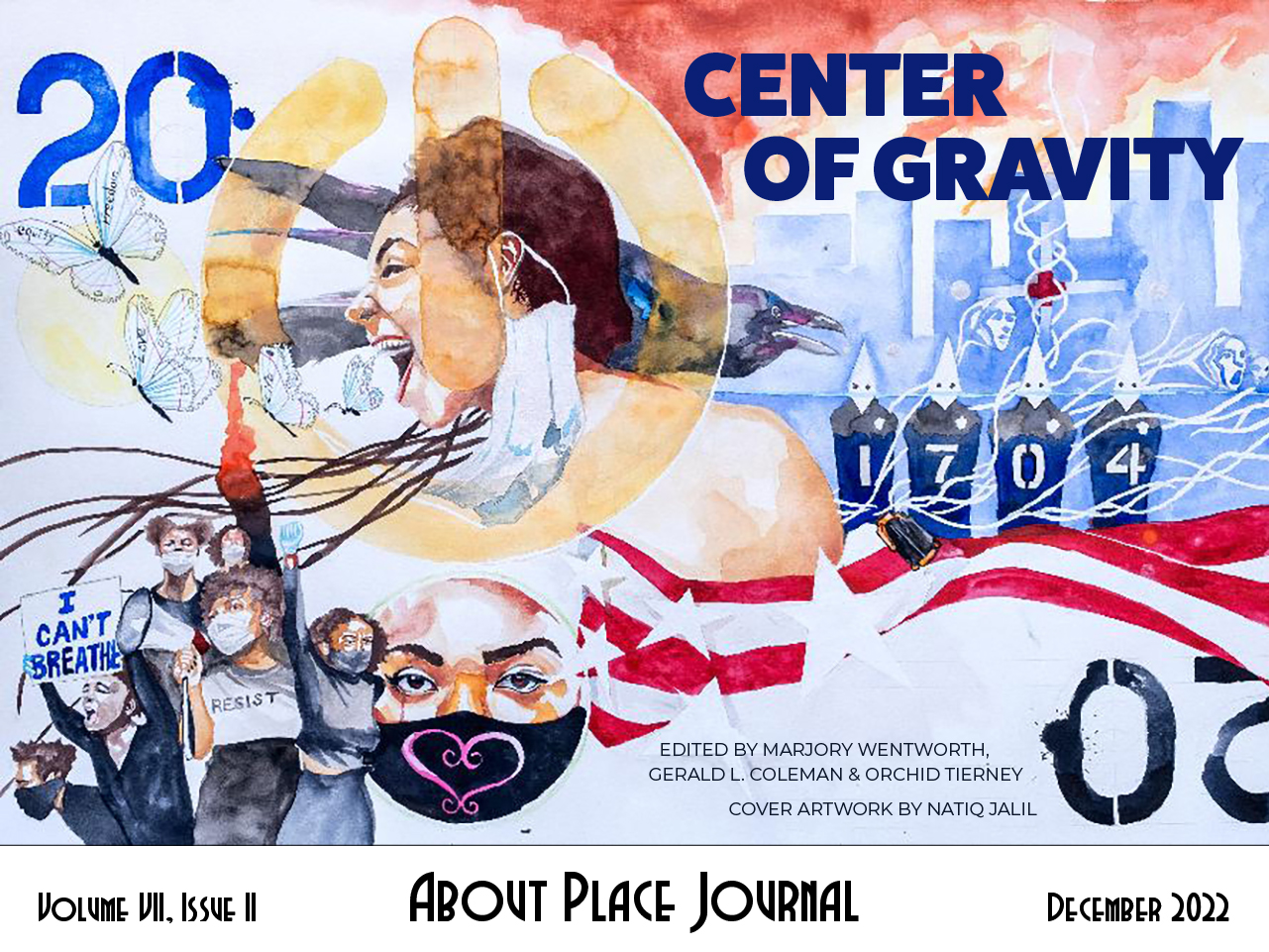It was high summer in Passau, Germany. Though I shared the enthusiasm of our local tour guide for the town’s baroque architecture and cheery pubs, the effects of Europe’s worst drought in 500 years followed our river cruise like a relentless shadow. Staggering low water lines revealed themselves on barren rocks and canal walls like white chalk marks on a blackboard.
Passau is one of Bavaria’s oldest cities: it sits at the confluence of the Inn, Ilz, and Danube rivers—a popular visit on the itinerary of many Central European river excursions. When my husband and I were there in August, the 75-mile stretch of Danube River between Regensburg and Passau was unnavigable. We could not sail and so were bussed into Passau, where we disembarked for a day meandering among cobblestone streets, patrician houses, towers, and churches.
Along the riverbank, the sun beat down, dry grass crunched beneath our feet, and trees sagged, their leaves brittle and yellow with thirst. Prior to our journey, I’d read online comments from tourists who had voiced their ‘displeasure’ at the dearth of water for cruising. Naturally, I too would have preferred to glide along a glassy, swollen river. But what I felt for the elegant, suffering Danube was more fever than discouragement, more ache than disillusionment.
Amid the epicurean pleasures of organized leisure travel, the dualistic Western perspective of nature that has come to define modern civilization cannot pass unacknowledged—the derelict presumption that rivers are not living entities but only resources for pleasure and business. As writer Paul Kingsnorth asks, “We imagine how it feels to be a character [in a novel or story], why cannot we imagine how the land feels?” To consider any natural body of water apart from the plants and animals living within it is a form of myopia that will not survive its own short-sightedness.
Back home, fire, hail, tornadoes, and drought raged from California to Miami. I found some solace from climate realities in the recent findings of the James Webb Space Telescope that had captured images deeper in time than any other previous telescope. The potential for newly discovered exoplanets, comets, and entire galaxies more than 500 million lightyears away to hold clues to the universe catapults one’s attention away from the urgent and the immediate. In the pre-dawn, blue hours between three and five a.m. when I am reliably awake and staring into my own private darkness, I dwelled in the dissonant space between climate catastrophe and cosmic expanse.
In the blue hours, epochs pass one into the next and the entirety of human civilization dissolves into stardust, the residue of past lives lingering in the light of nebula a billion years old. In the blue hours, that which feels incomprehensible during daylight parades before shade-drawn eyes with galactic pomp and theater. Even the mind-bending concept of ‘singularity’—when the gravitational pull of space-time collapses into itself creating an infinite curving plane—can be likened to the eddy and whorl of a simple sink-drain.
There is a strange and gentle peace in Timelessness. By dawn, the heart turns once again toward the possible, the beauty, the good that humankind can pull off when we set ourselves to task.
Yet as I stood in oppressive heat outside St. Stephen’s Cathedral with the drained, pained Danube on my mind, it was difficult to summon any palliative cosmic feelings, let alone hope. Nearby, a wall of the dead listed the names of those taken by Black Death in the fourteenth century—a stark reminder of human frailty. In the cathedral courtyard a stone fountain that had once bubbled with water for Passau’s citizens and birds stood hot and dry in the unforgiving sun.
My husband and I sought refuge in the cool cathedral, which advertised a noontime organ concert. Under the playful rococo columns and painted domed ceiling of the grandiose cathedral (itself an attestation to human potential when we aspire beyond ourselves), visitors gathered in stiff wooden pews to hear the music of Johann Sebastian Bach and other composers played upon the largest cathedral organ in the world. Some sat quietly in anticipation, others stared blankly into their phones. A man behind me impatiently tapped a text message while his wife looked away, clearly embarrassed by the brazen motions of texting in a sacred space.
For the next half hour the gravity of 17,774 organ pipes and 233 registers pulled the audience’s attention into one collective current. A singular note from the organ reverberated throughout the body; a chord dampened the eyes; an entire score left one stunned and still. In the gaps between compositions, I sat with my hands at either side holding on for takeoff. One modernist piece—the “Chant de Paix” (Song of Peace) by Jean Langlais—layered free-standing dissonant chords, one upon the next, into a sheer column of sound that seemed to reach straight into the cosmos.
Suddenly the infinite vastness captured by the Webb telescope images felt knowable again, as it had been in the blue hours before dawn. Human ambition combined with wonder and awe had opened windows into new galaxies: why could it not succeed in reversing the damage and destruction of climate change? Could not all of us in the cathedral agree during those pitch moments of uniform sound that what Nature needs more than anything is our compassion, and attention?
The organ continued to churn, humbling all who heard it. For thirty minutes anything and everything seemed possible, including the potential to solve the greatest challenge of our time. In an ancient cathedral in the town of Passau at the nexus of three rivers, earth and cosmos gathered into a point of singularity, and with it, a most delicate but fervent hope.


